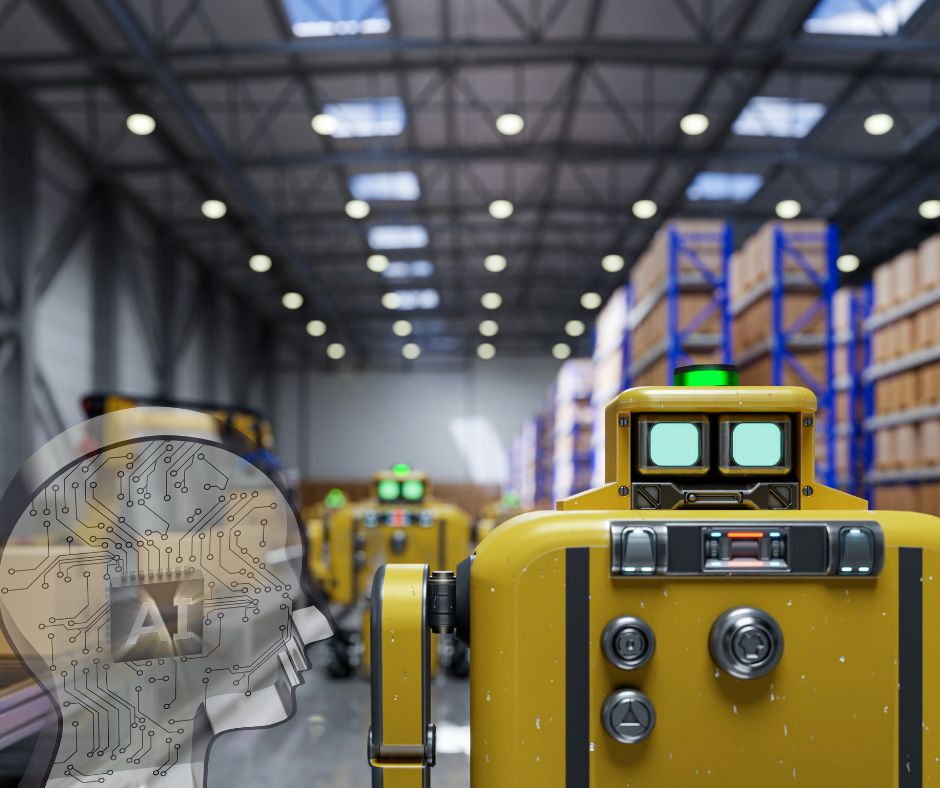-
Unleashing the Magic of AI: Transforming 3PL Inventory Management

Dive into the wild world of modern logistics, where AI dons its superhero cape to solve the puzzle of scattered pieces.
-
The future of Amazon and its impact on the eCommerce industry

Get ready for a glimpse into the future of Amazon and its impact on the world of online shopping. With exciting investments in emerging technologies and sustainable initiatives, Amazon’s future growth looks promising. However, as the retail giant continues to dominate the e-commerce industry, it’s important to consider how this impacts small businesses and competition.